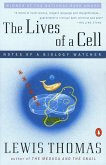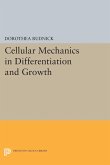Cellular Biophysics is a quantitatively oriented basic physiology text for senior undergraduate and graduate students in bioengineering, biophysics, physiology, and neuroscience programs. It will also serve as a major reference work for biophysicists. Developed from the author's notes for a course that he has taught at MIT for many years, these books provide a clear and logical explanation of the foundations of cell biophysics, teaching transport and the electrical properties of cells from a combined biological, physical, and engineering viewpoint. Each volume contains introductory chapters that motivate the material and present it in a broad historical context. Important experimental results and methods are described. Theories are derived almost always from first principles so that students develop an understanding of not only the predictions of the theory but also its limitations. Theoretical results are compared carefully with experimental findings and new results appear throughout. There are many time-tested exercises and problems as well as extensive lists of references. The volume on transport is unique in that no other text on this important topic develops it clearly and systematically at the student level. It explains all the principal mechanisms by which matter is transported across cellular membranes and describes the homeostatic mechanisms that allow cells to maintain their concentrations of solutes, their volume, and the potential across the membrane. Chapters are organized by individual transport mechanisms—diffusion, osmosis, coupled solute and solvent transport, carrier-mediated transport, and ion transport (both passive and active). A final chapter discusses the interplay of all these mechanisms in cellular homeostasis.







